Ancient Temples That Are Still Standing Today
It is no doubt that religious beliefs have shaped the way human societies have been organized throughout history, and temples have been used to show this. The temples listed here were of great importance and had to look impressive and awe-inspiring. It is remarkable that these structures remain intact, especially considering that some of them were built without the modern technological advancements that we have today.
Temple Of Hatshepsut In Egypt – The Divine Birth

Unfortunately, many of the site’s original statues and ornaments have been stolen or destroyed over the years. On the bright side, the main attraction, a relief depicting the divine birth of a female pharaoh, is still intact!
Palace Of Knossos In Greece – From Living Rooms To Shrines
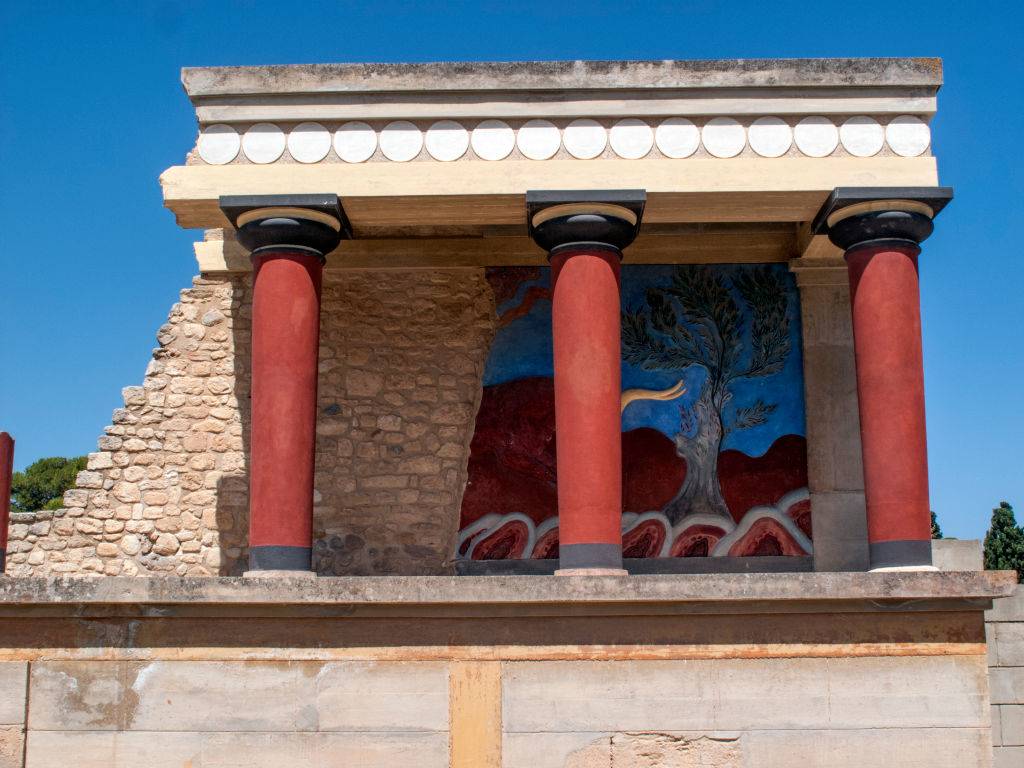
We’re still not entirely sure what the main function of the palace is. What we do know is that it was made of living spaces, reception rooms, workshops, shrines, and storerooms, all built around a central courtyard. It could have been an administrative center, a religious center…or both!
Megalithic Temples In Malta – Livestock Sacrifices
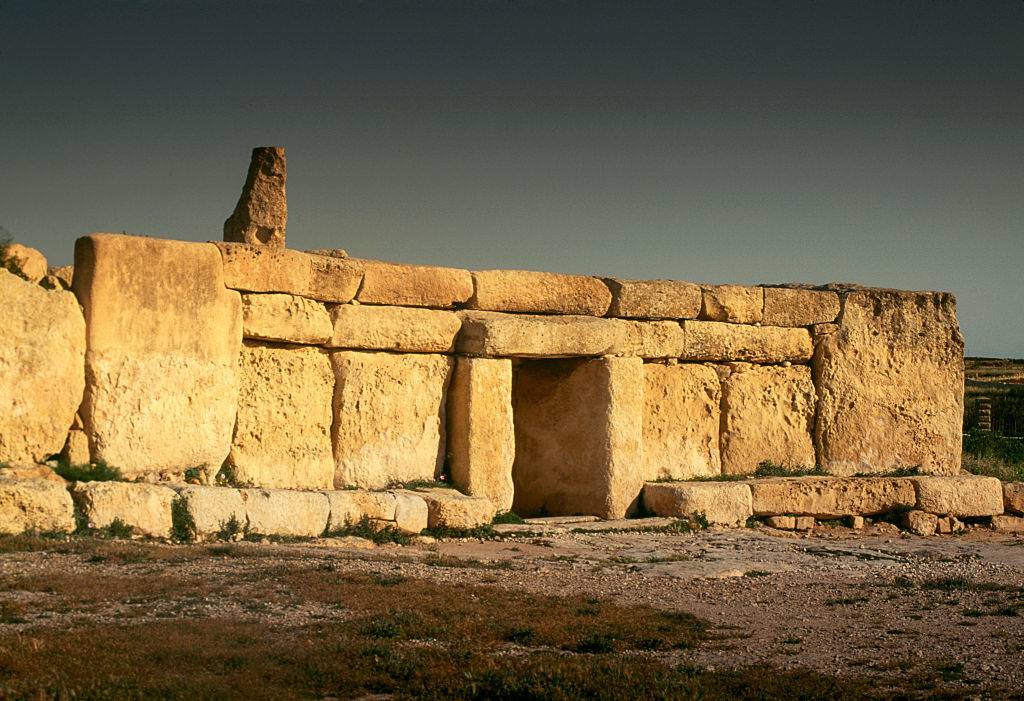
This is a group of stone temples older than Stonehenge and the Egyptian pyramids! We don’t know exactly who built them. However, it seems that they were used for livestock sacrifices. This would suggest that they were built by a local society that was predominantly farmers.
Temple Of Amada In Nubia – The Oldest Egyptian Temple
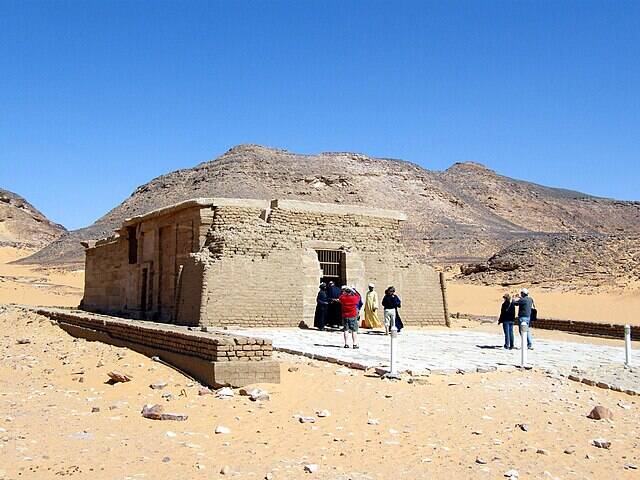
You’re looking at the oldest Egyptian temple ever, found in Nubia. It was first built by Pharaoh Thutmose III, around 1500 BCE. His son inherited it and put his own touch on the decorations.
They’re both depicted as being embraced by various gods in colorful and fine reliefs.
Gobekli Tepe – The World’s Oldest Temple
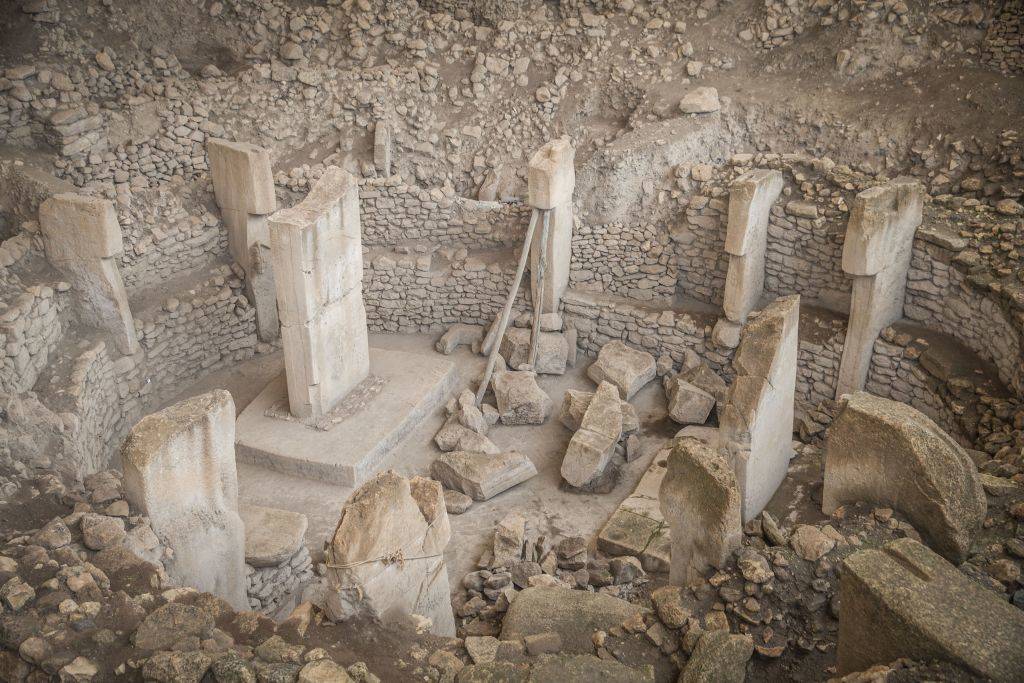
What’s really impressive here is the fact that primitive humans were able to move around 60 tons of brick to construct the T-shaped pillars.
The site has at least 20 circular installations that contain around 200 pillars throughout the whole temple. It also features rock statues with carvings of animals like foxes and snakes that date back as far as 10,000 BCE.
Stonehenge In England – A Spiritual Experience
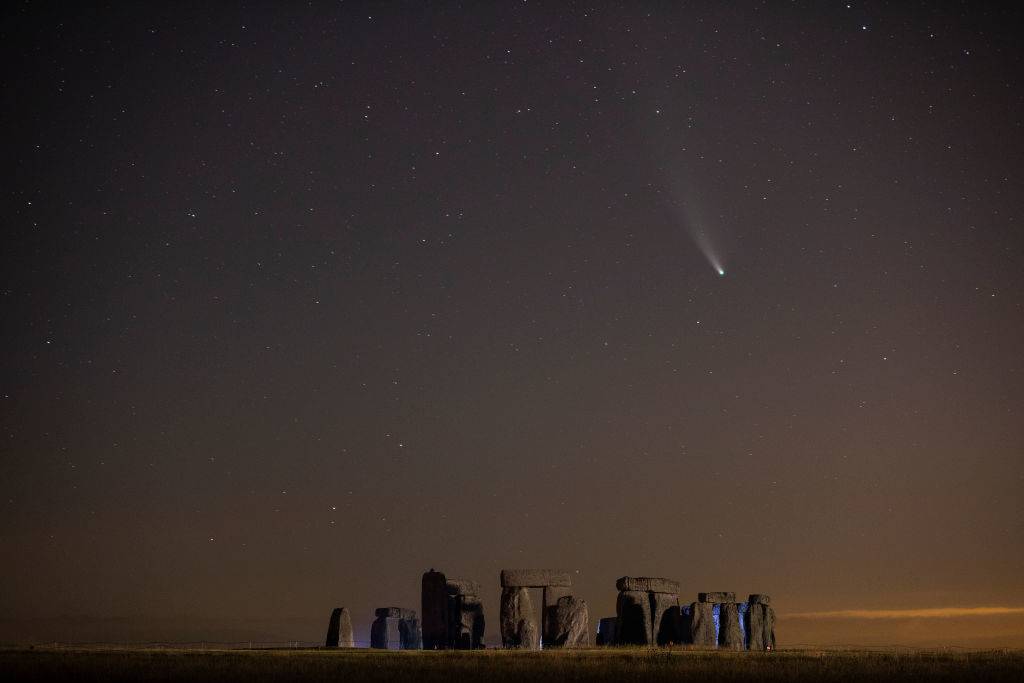
They say seeing this monument with your own eyes is a spiritual experience, thanks to the circles that give off energetic vibes.
The site was built between 3000 BCE and 2000 BCE. We still don’t understand how they moved these huge monoliths, or even who exactly these people were. It is likely they served a religious purpose as well as being used for astronomy.
Taktsang Palphug Monastery In Bhutan – The Tiger’s Nest
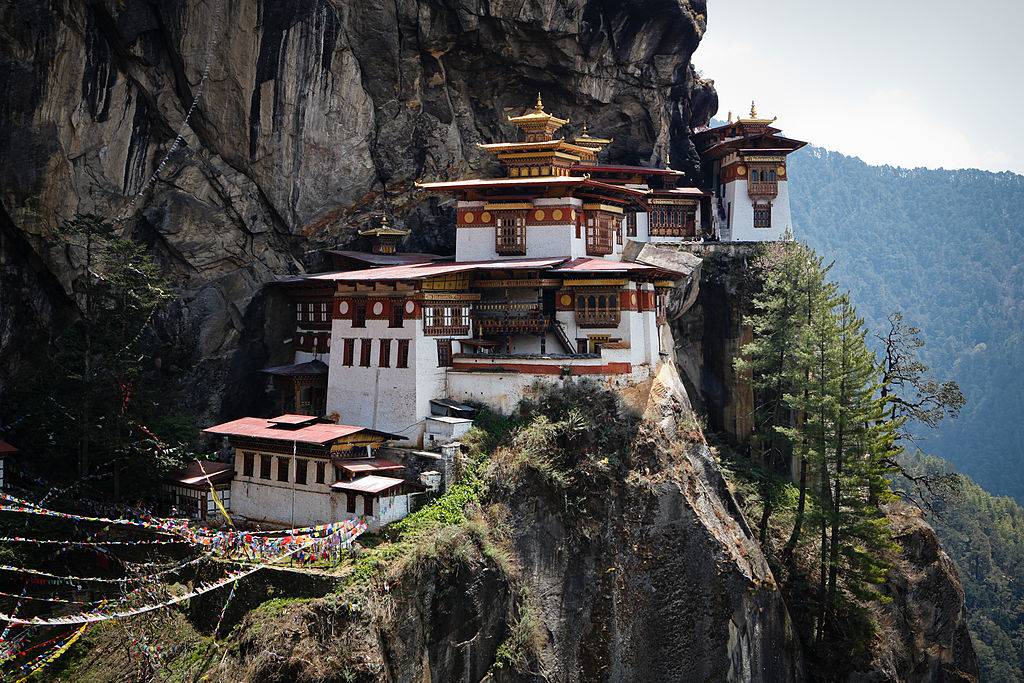
This monastery is said to be built around the cave where Guru Padmasambhava meditated for three years, three months, three weeks, three days, and three hours.
This is the man who is credited with introducing Buddhism to Bhutan in the 8th century, and the structure was built in the 17th century to commemorate his deeds.
Sigiriya In Sri Lanka – The Lion Rock
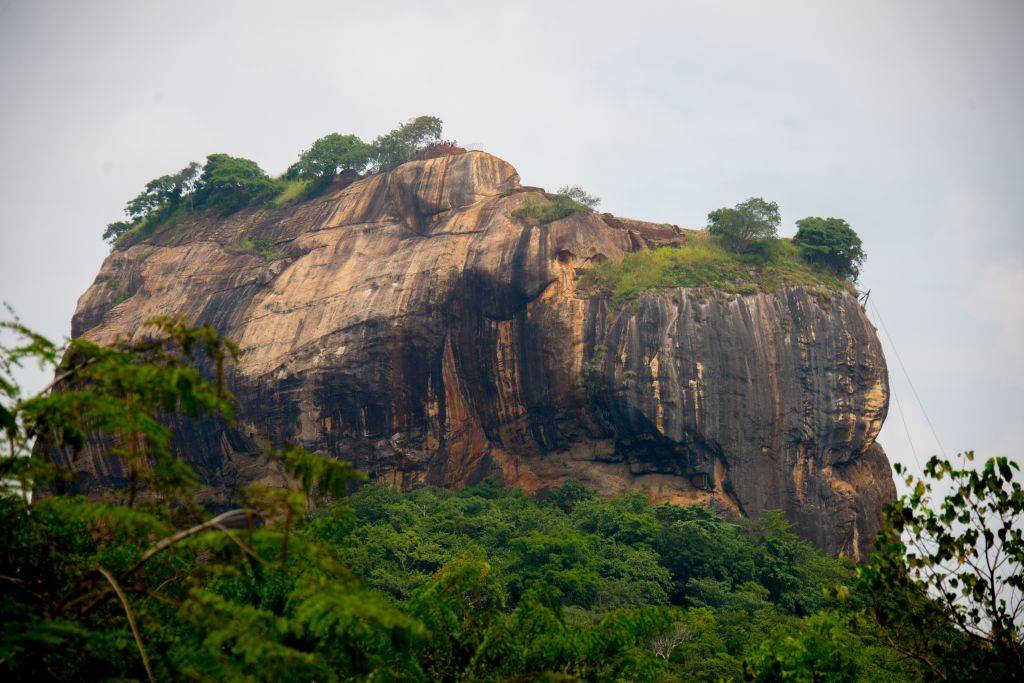
Sigiriya, also known as Lion Rock, is one of the most visited sites in Sri Lanka for a reason. The giant 200-meter-high rock was once the site of the capital in the 5th century.
The royal palace was built on the top of it and surrounded with colorful frescoes under King Kashyapa’s command. Then, it was a Buddhist monastery that was used well into the 14th century. Today, some of the hydraulic systems still work.
Machu Picchu In Peru – The Estate Of The Inca Emperor

This site was built for Emperor Pachucuti around 1450 in traditional Inca style, including features like polished dry-stone walls.
Today, it towers majestically in a high mountain above the Sacred Valley.
Newgrange In Ireland – The Inspiration For Irish Myths
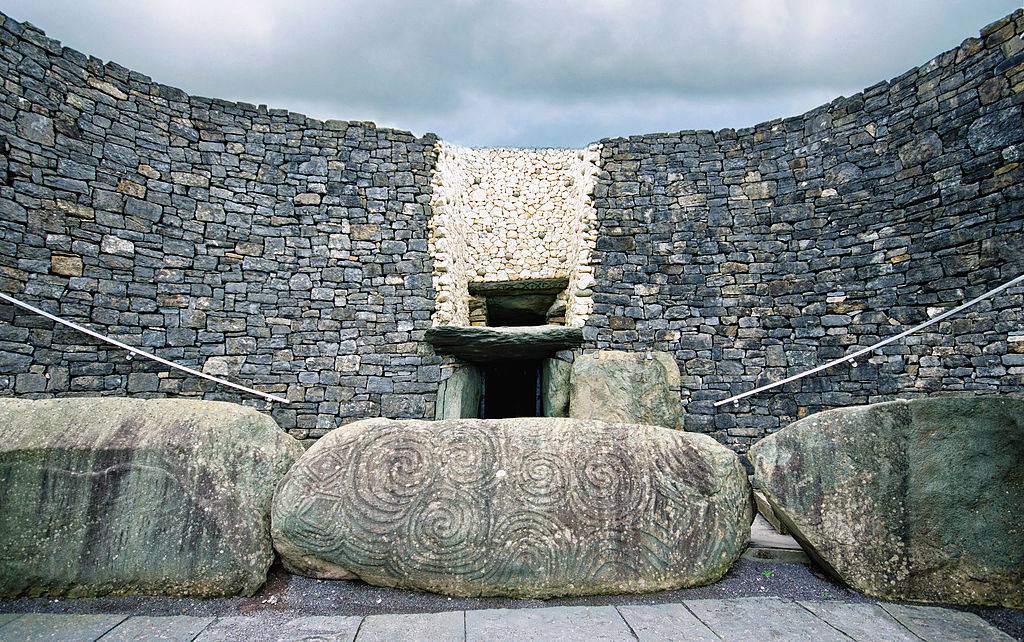
This temple was abandoned about 1000 years after it was built, but that didn’t stop it from leaving a mark in the myths of Ireland, especially in the Middle Ages.
It is made of a large circular mound filled with decorated passageways and chambers. The neolithic structure is thought to have had religious significance.
Prambanan In Indonesia- The Largest Temple Complex In Java
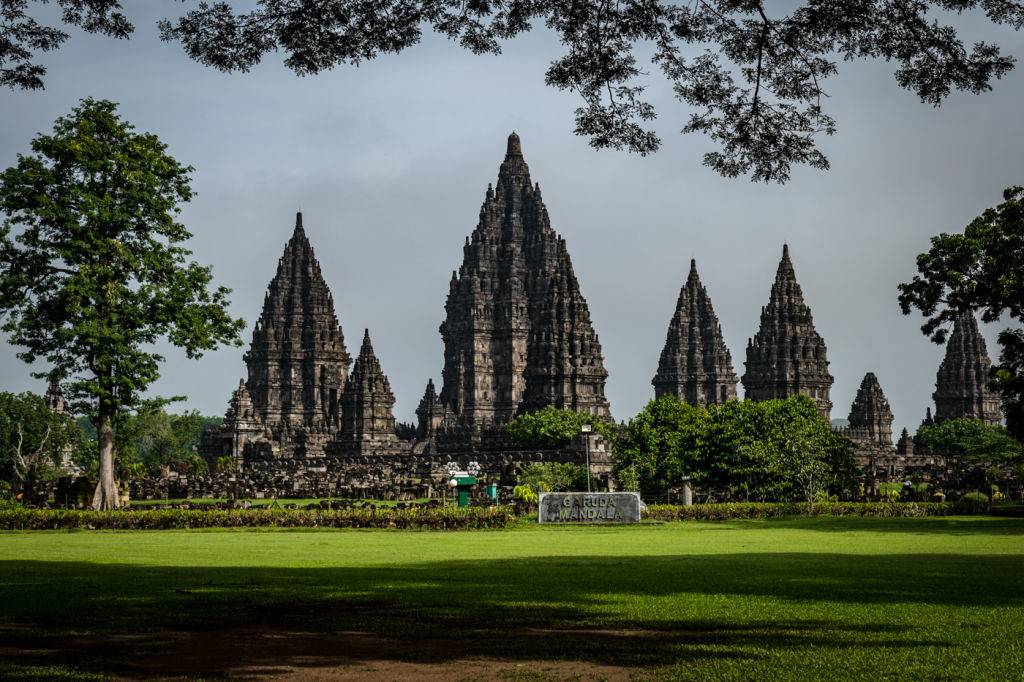
Prambanan is not one temple, but a compound of 240 temples! It was built in the 10th century and dedicated to the three great Hindu deities.
Those deities represent the cosmic functions of creation, maintenance, and destruction (Brahma, the creator; Vishnu, the preserver; and Shiva, the destroyer).
Sri Ranganathaswamy Temple In India – India’s Largest Temple
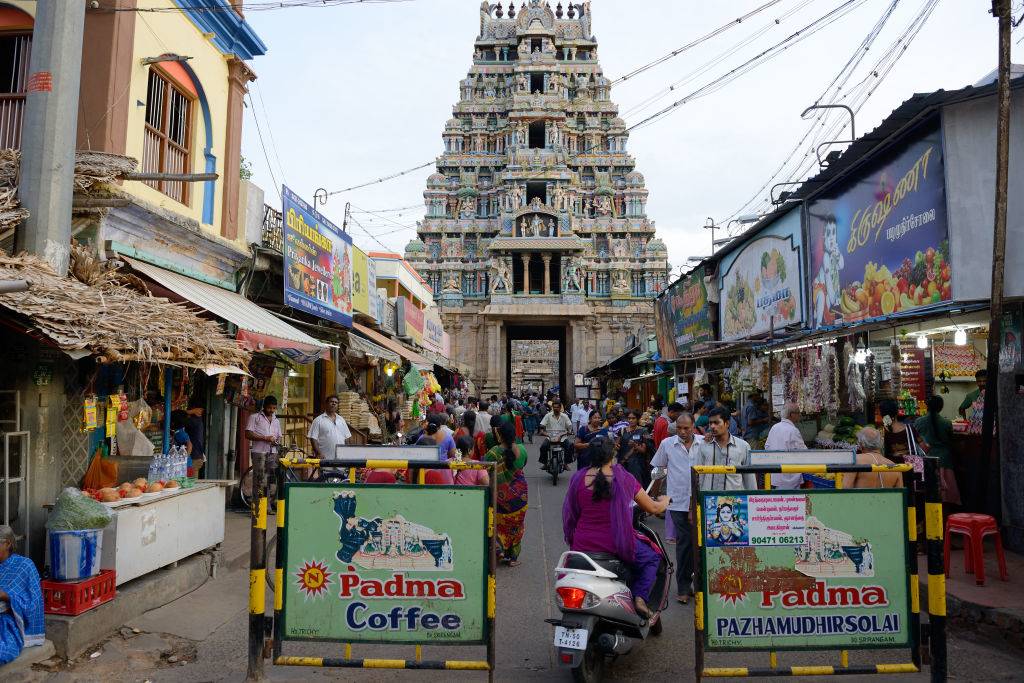
This temple is one of the most important Hindu temples in the world, as it is one of the most heavily trafficked temples dedicated to Vishnu.
It’s built in the Dravidian style of architecture and spans 156 acres, making it the largest functioning temple in the world. It also has 21 different towers, and the main tower is entirely plated in gold!
Luxor Temple In Egypt – The Country’s Largest Temple
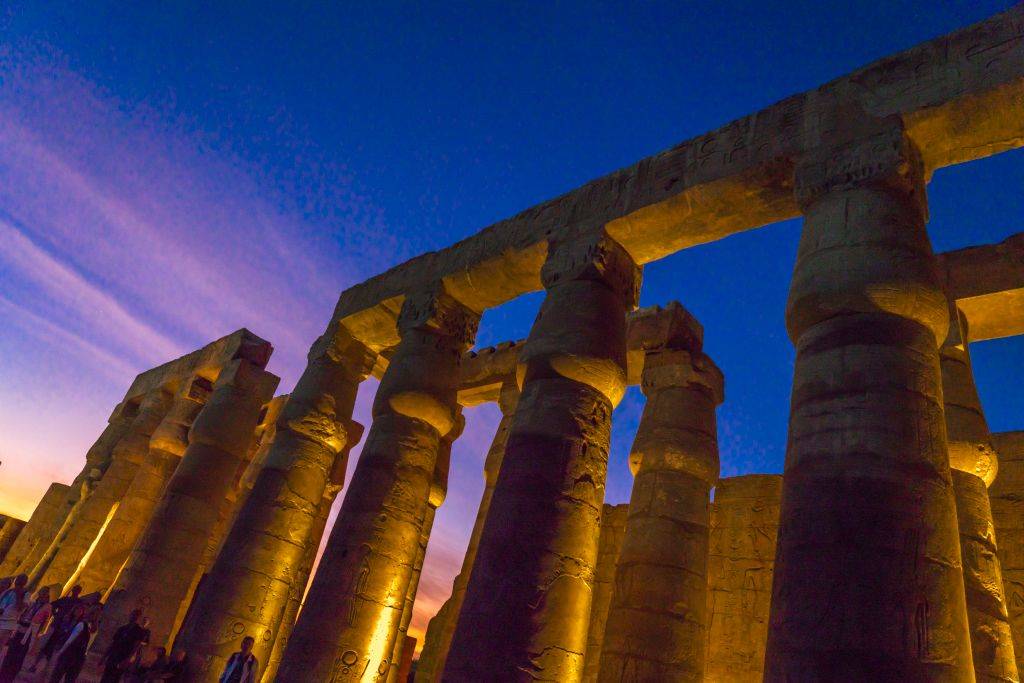
This Ancient Egyptian temple beautifully rests on the east bank of the Nile. It served as a place of worship for nearly 3,500 years.
The site is home to a very large number of sphinxes and ancient decorations that were once dedicated to Amun, the king of the gods, and Khonsu, the god of the moon and time.
Knap Of Howar In Scotland – The Oldest Preserved Stone House In Europe

The Knap of Howar is located on the Scottish island of Papa Westray, in Orkney. It is made of two adjacent rounded, rectangular, thick-walled buildings dating back to 3,500 BCE.
The home has very low doorways. It is believed that they used to hold ritual ceremonies there.
Thatbyinnyu Temple In Myanmar – The Tallest Temple In Myanmar

The word “Thatbyinnyu” means omniscience, which describes Buddha’s state when he entered enlightenment.
They say he did it without breaking a sweat. They even placed his statue on the lotus throne in the upper terrace.
Angkor Wat In Cambodia – The Biggest Tourist Attraction In Cambodia
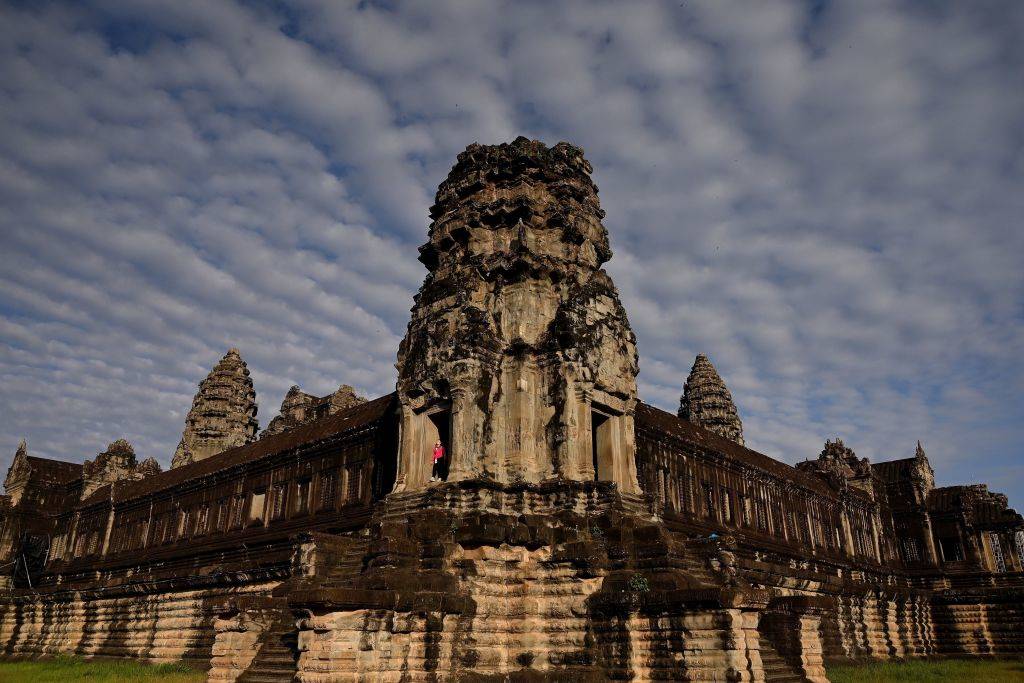
This temple started out Hindu, then it became Buddhist. Either way, Cambodia is so proud of it that they feature it on their national flag.
Angkor Wat is also known as the largest temple complex in Cambodia, and claims to be the largest religious monument in the world.
Temple Of Heaven, Beijing
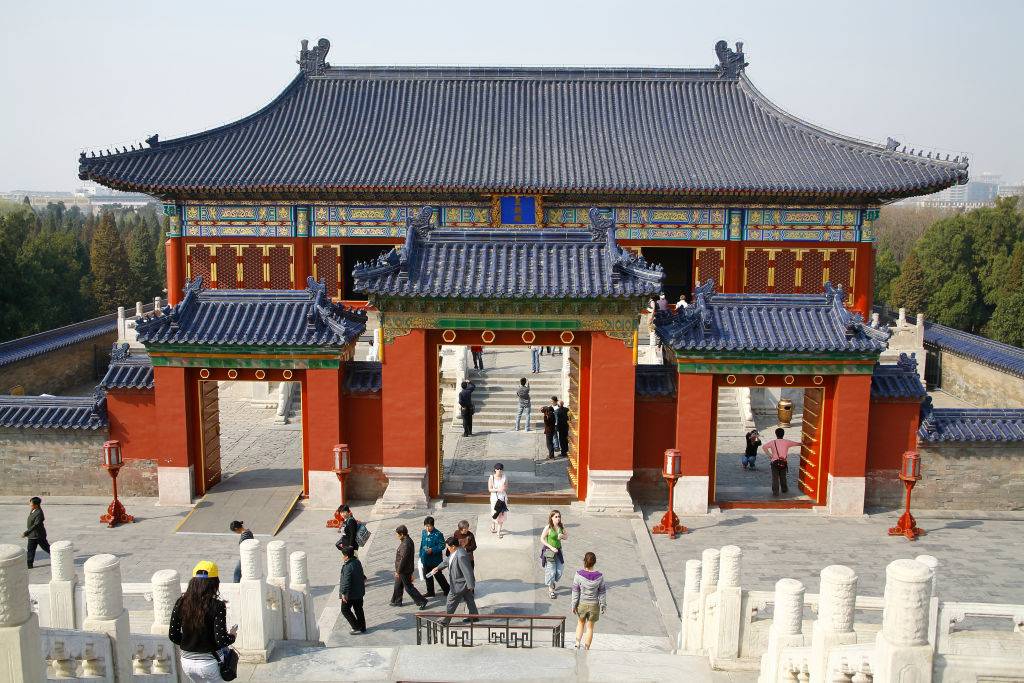
The temple was a place of worship and was used for rituals and sacrifices. It was used by the emperors of the Ming and Qing dynasties for the annual prayer to heaven to help with the harvest.
The temple itself is a complex of religious buildings dating from the 15th century.
Wat Phra Kaew In Thailand – The Holiest Of All Temples In Thailand.
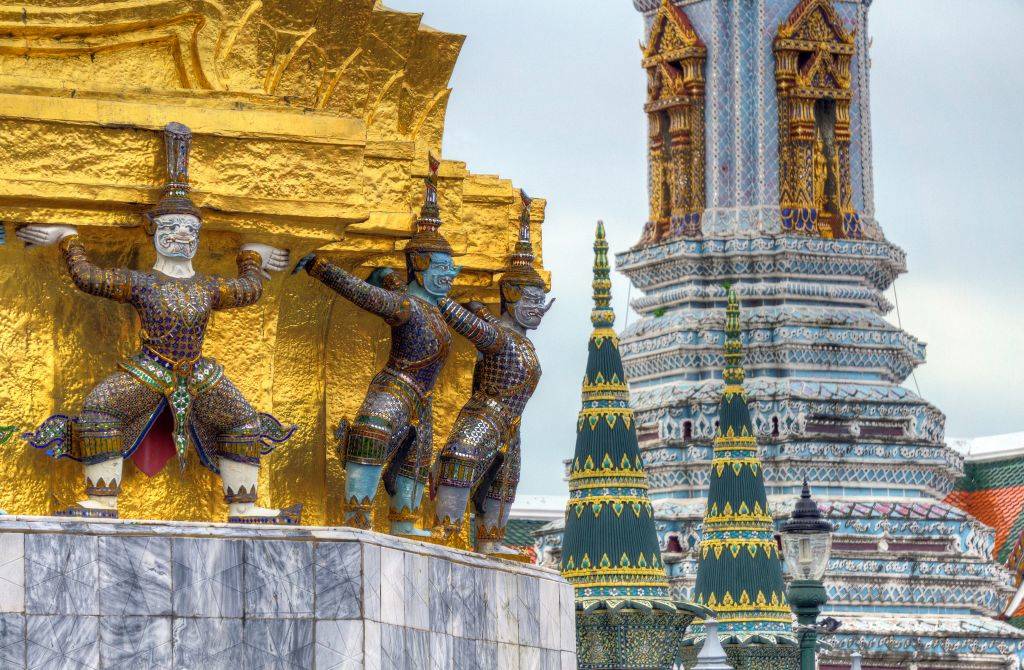
This is the Temple of the Emerald Buddha. Only the king is allowed to touch the Buddha image, and he does so three times a year to change its clothes to fit the season.
The temple complex features reflective tiles and a variety of exotic statues.
Potala Palace And Jokhang Temple, Tibet
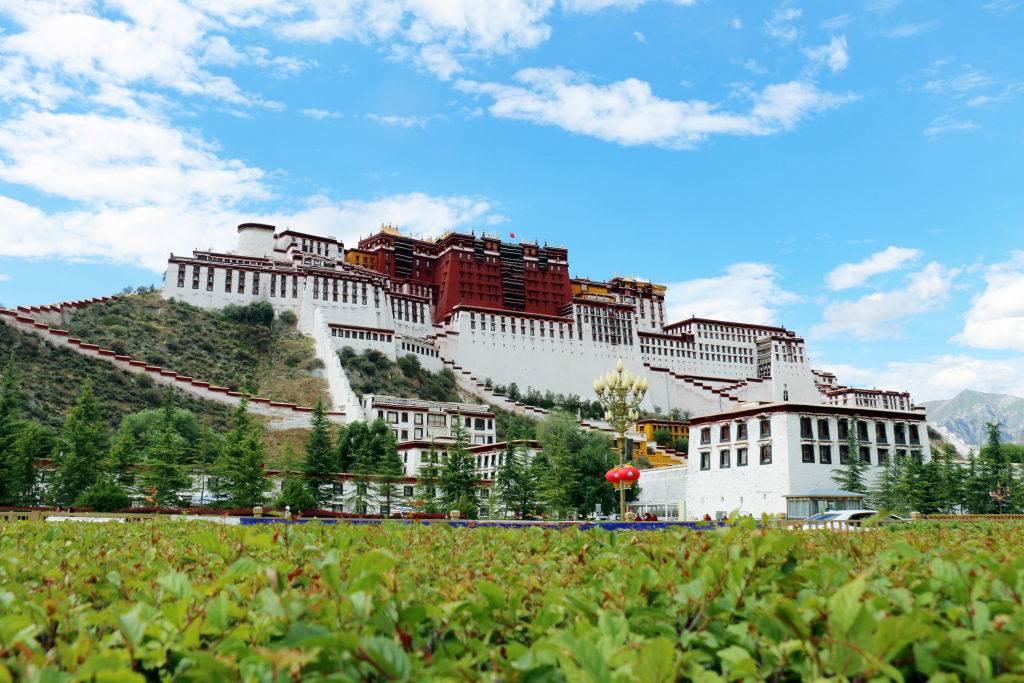
At what is considered to be the rooftop of the world, these two sites are visible to each other from their rooftops. They are only about a mile apart.
The palace was the home of the Dalai Lama until an uprising in 1959, while the temple was the spiritual center of the Tibetan people.
Wat Rong Khun In Thailand – How Long Will It Stand?
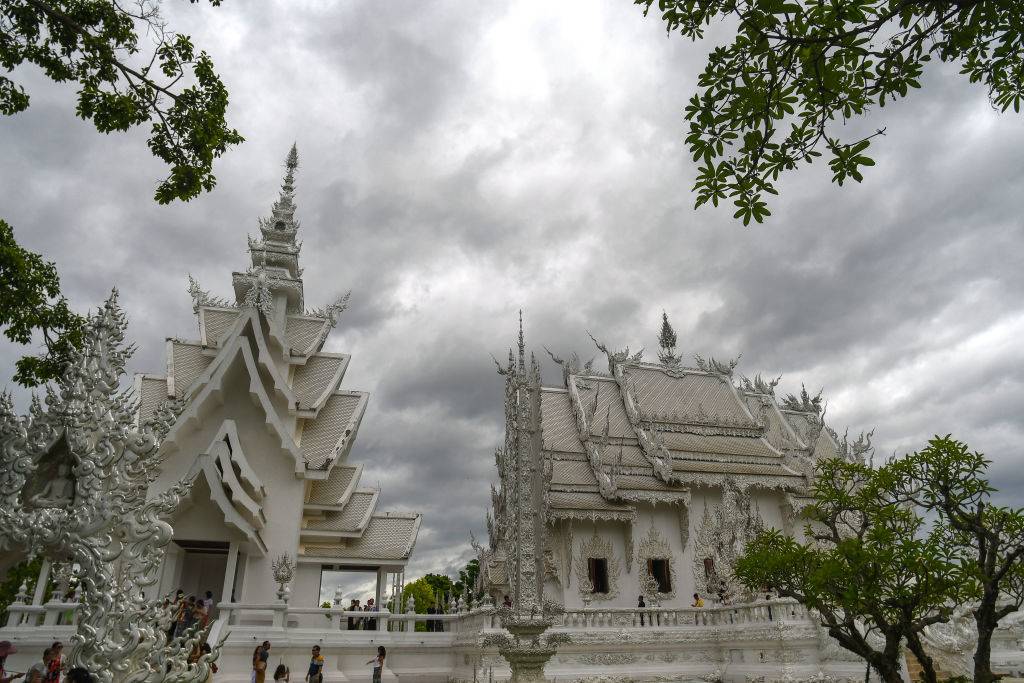
The youngest temple on this list only began construction in 1997. It is pure white to symbolize the purity of the Buddha.
The inside features symbols from the modern world, like Spider-Man and Batman, while the outside looks much more traditional.






